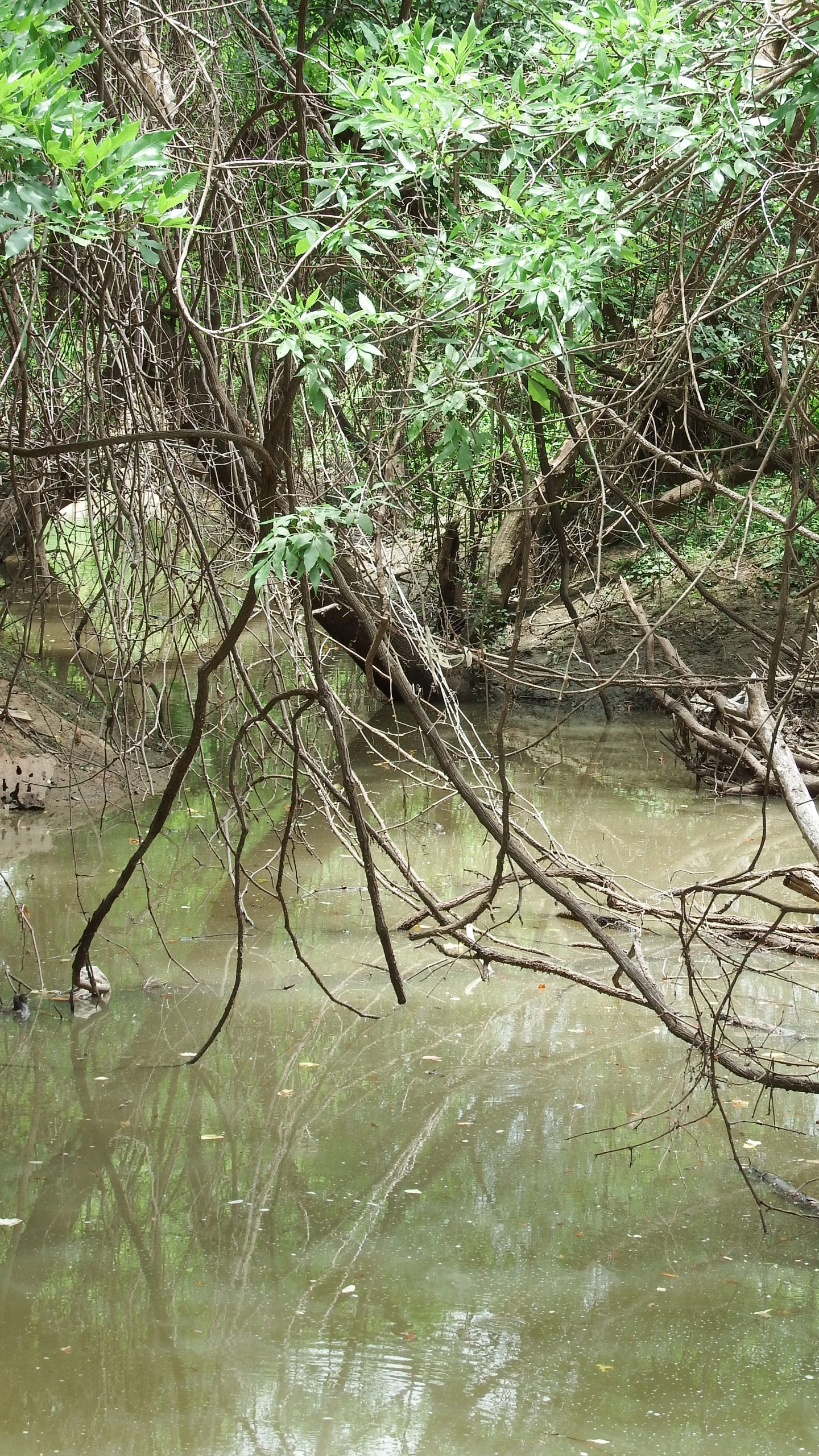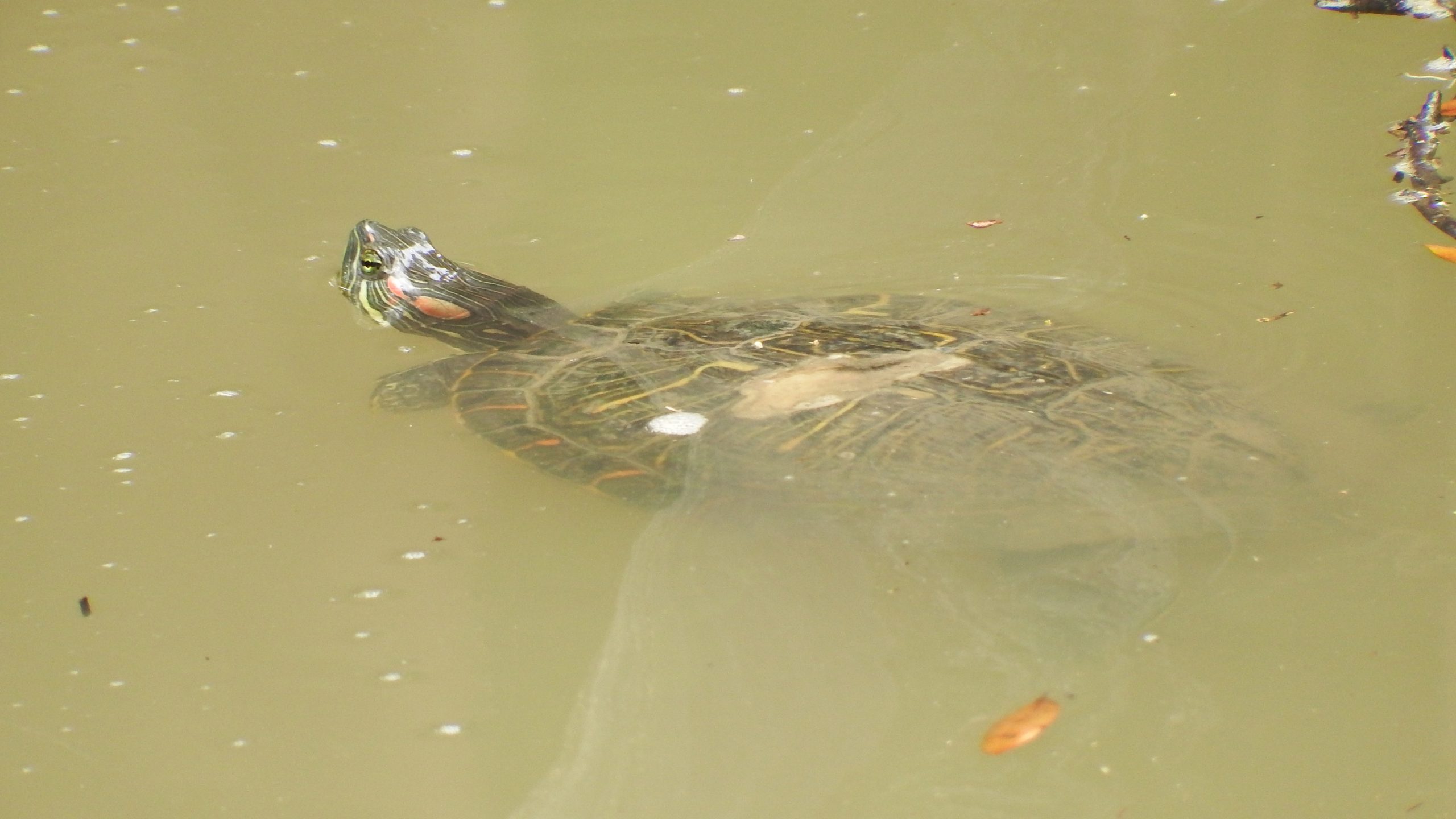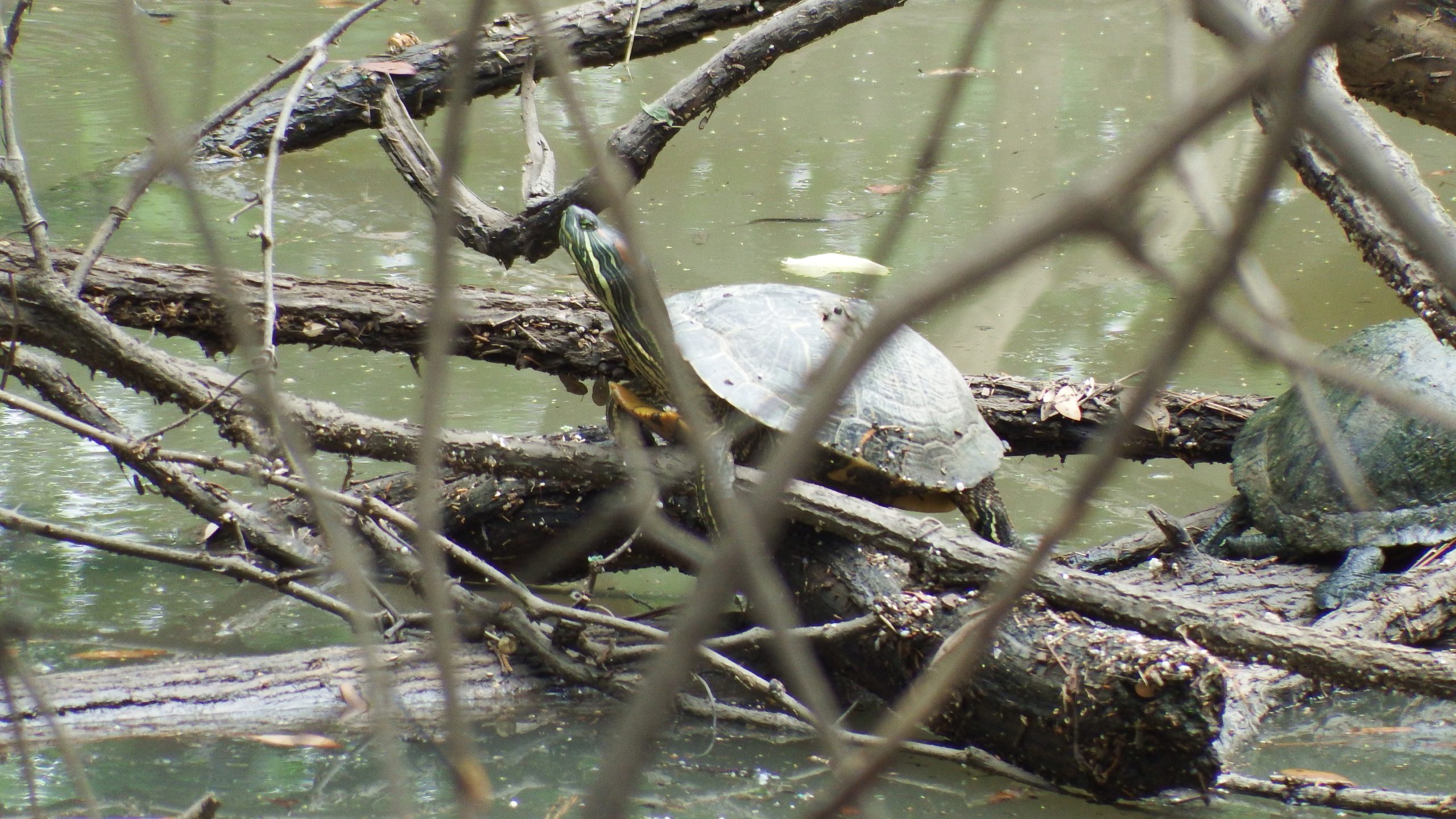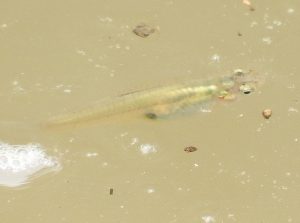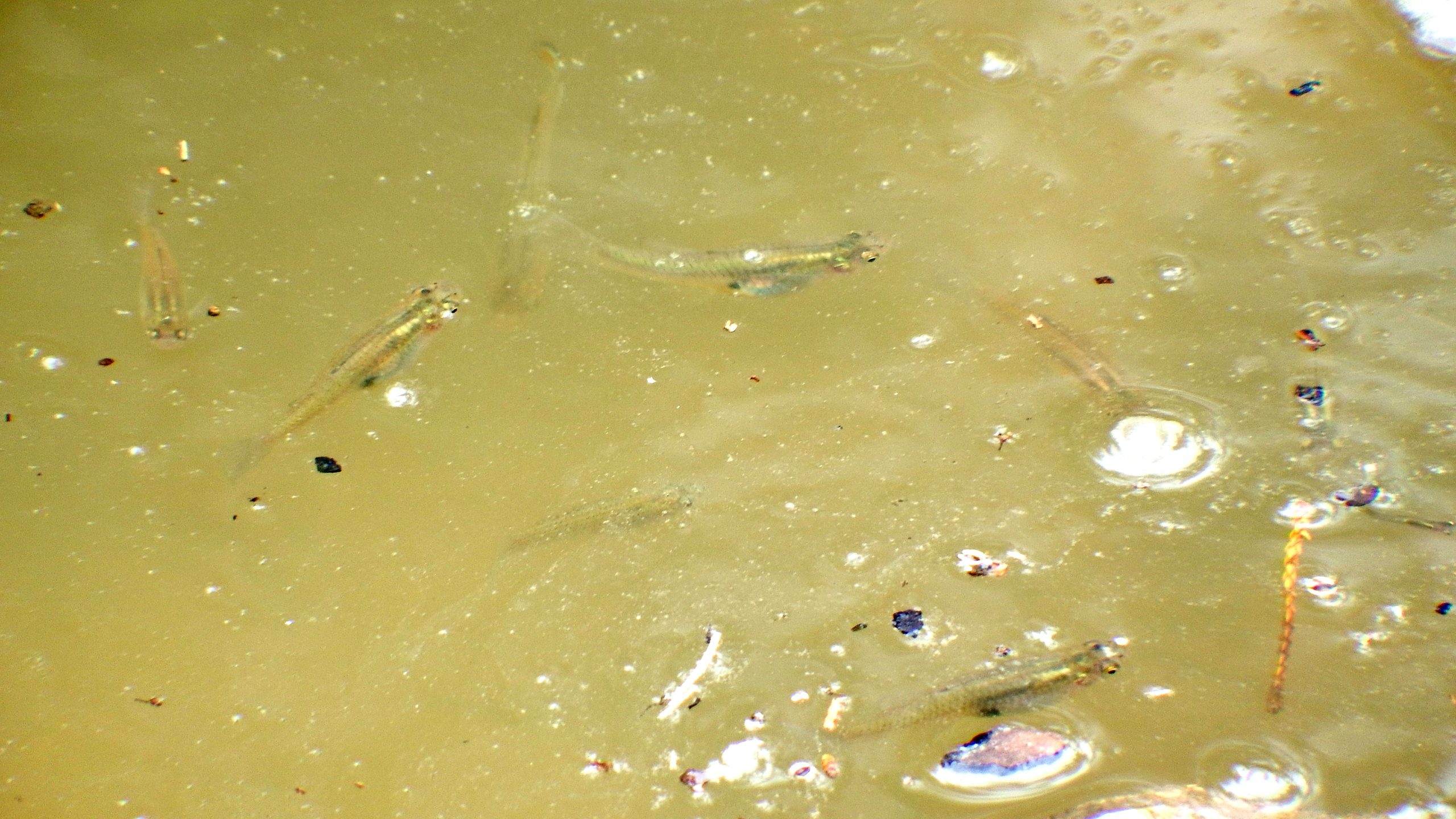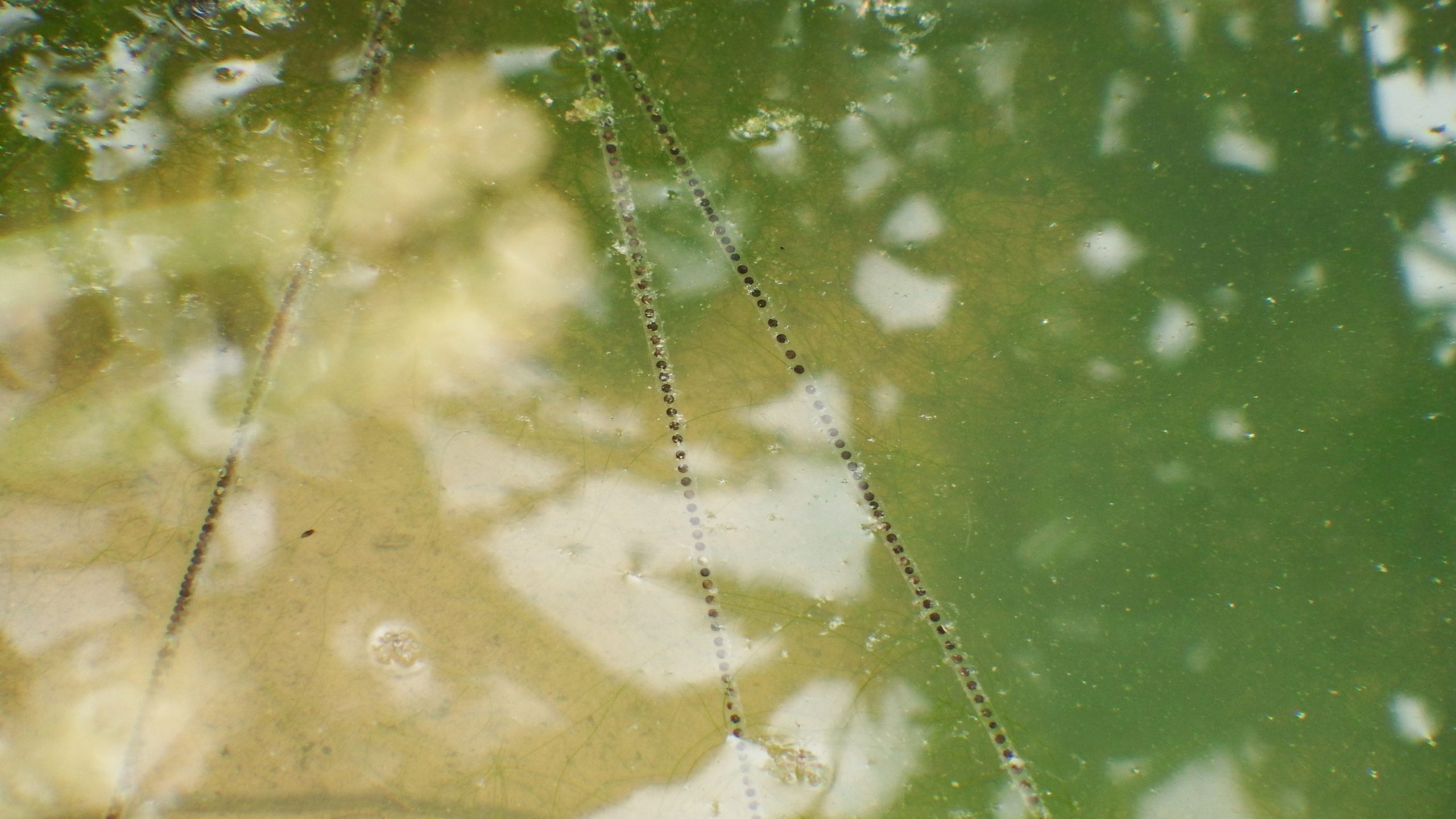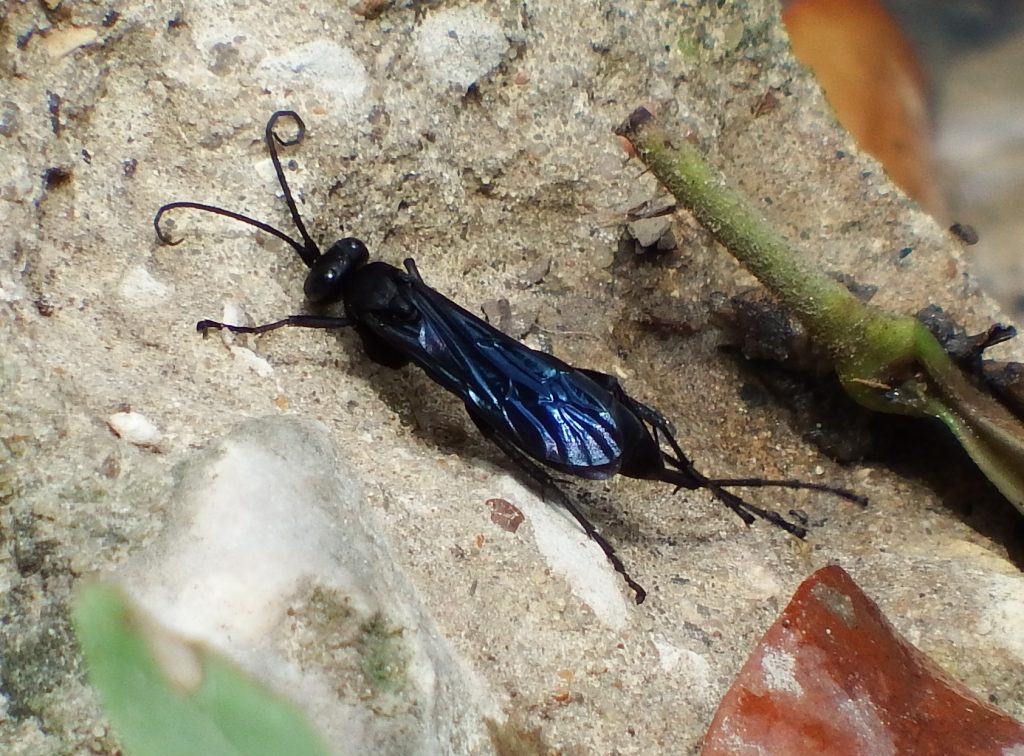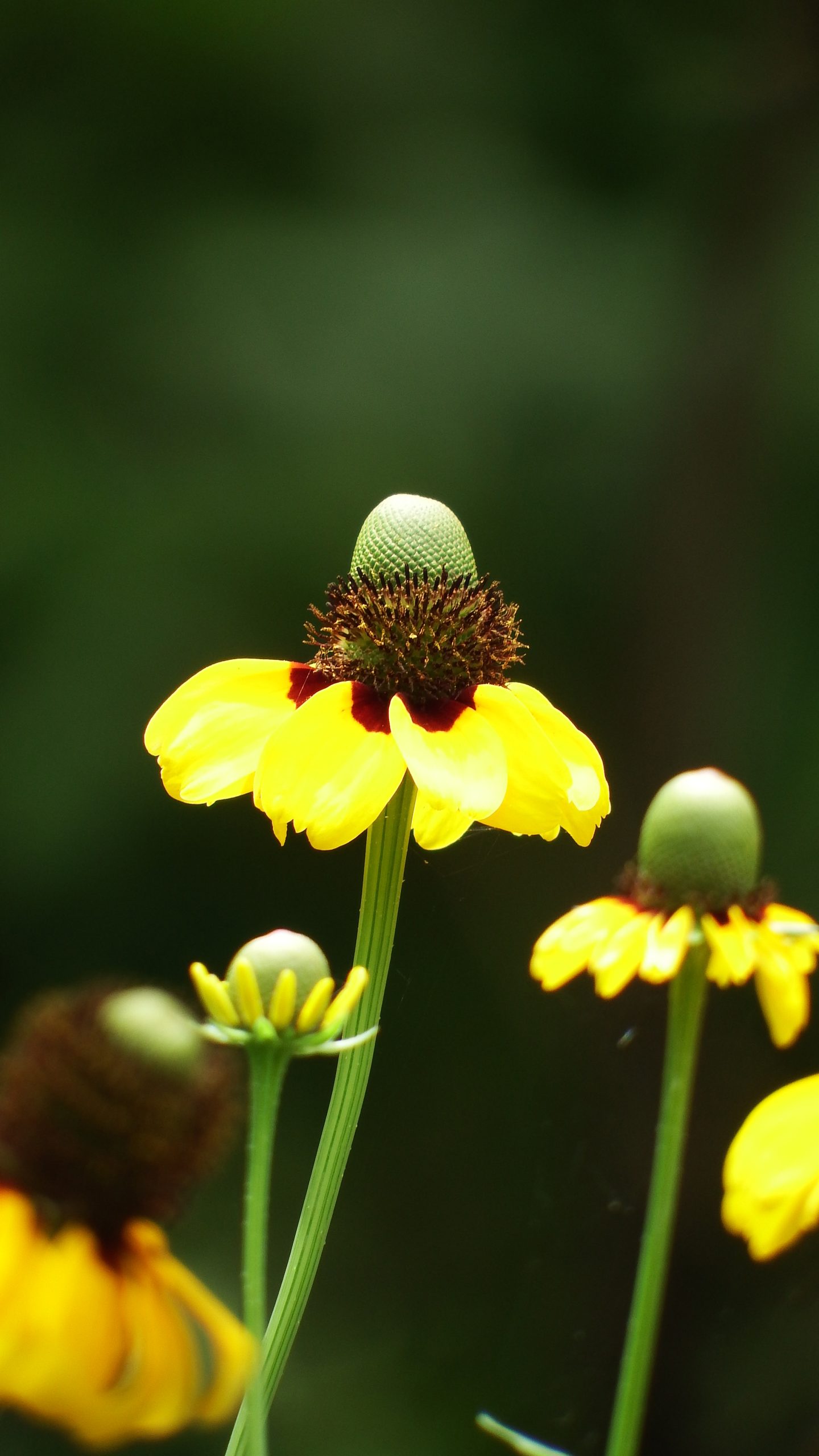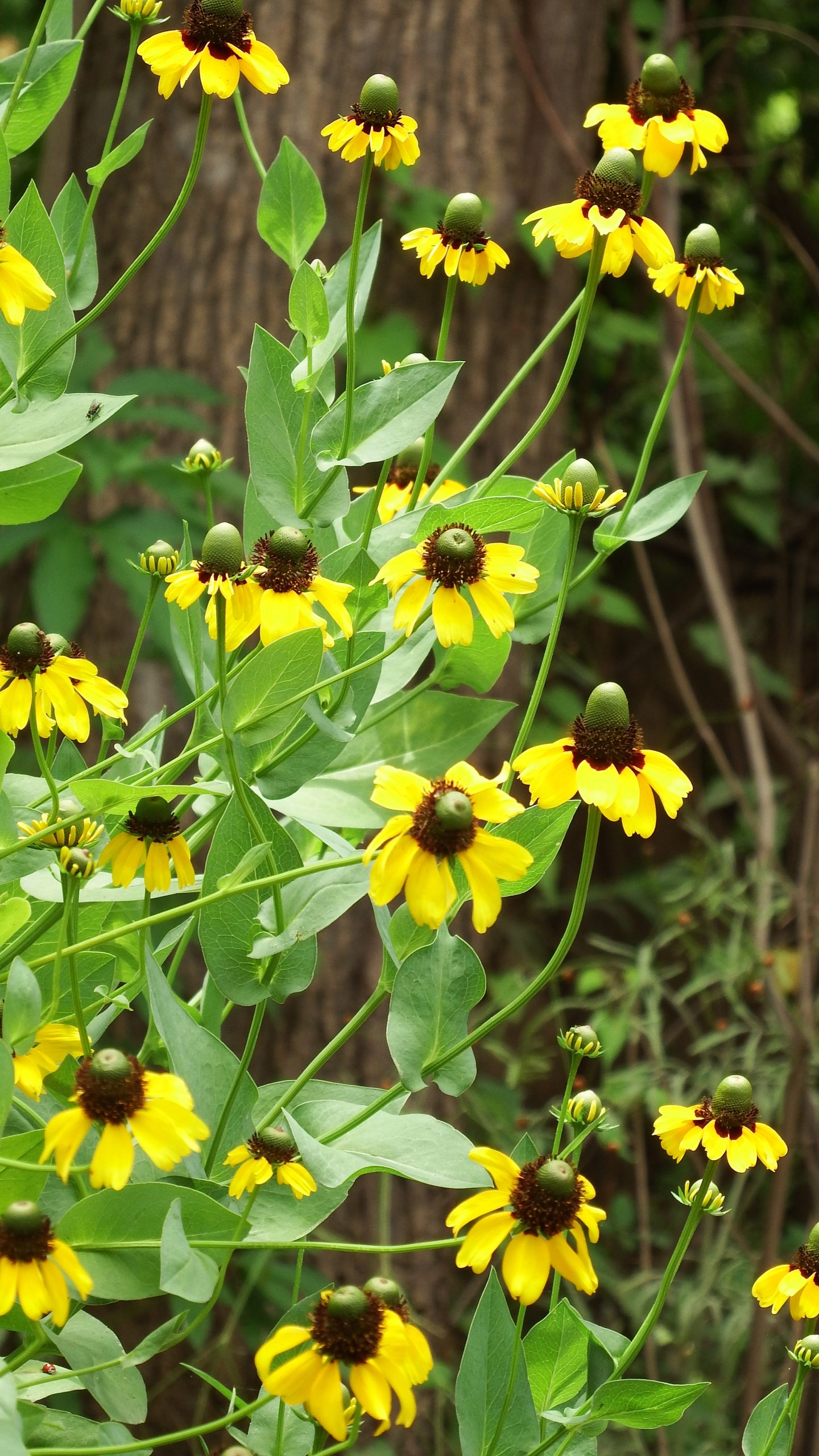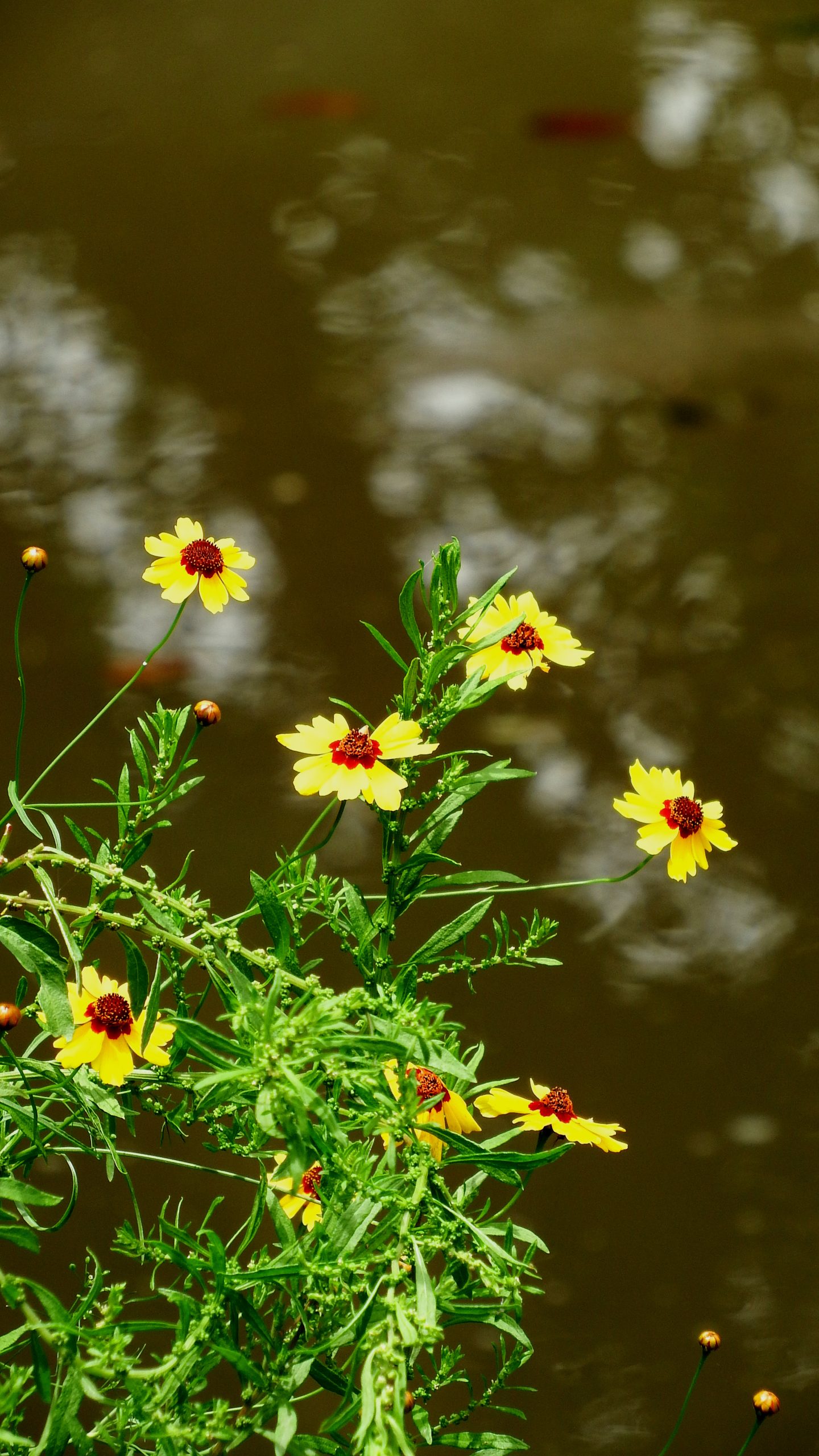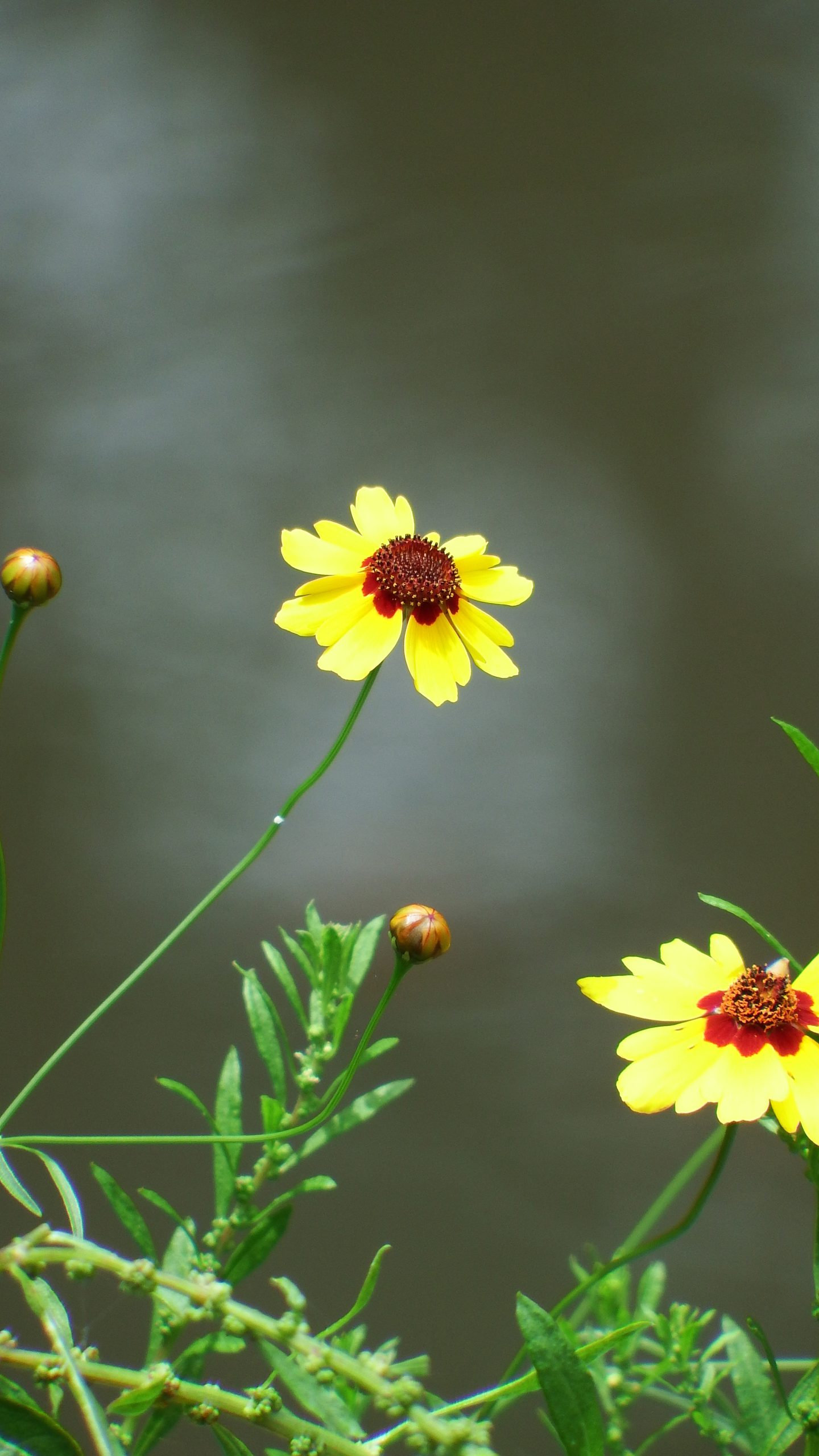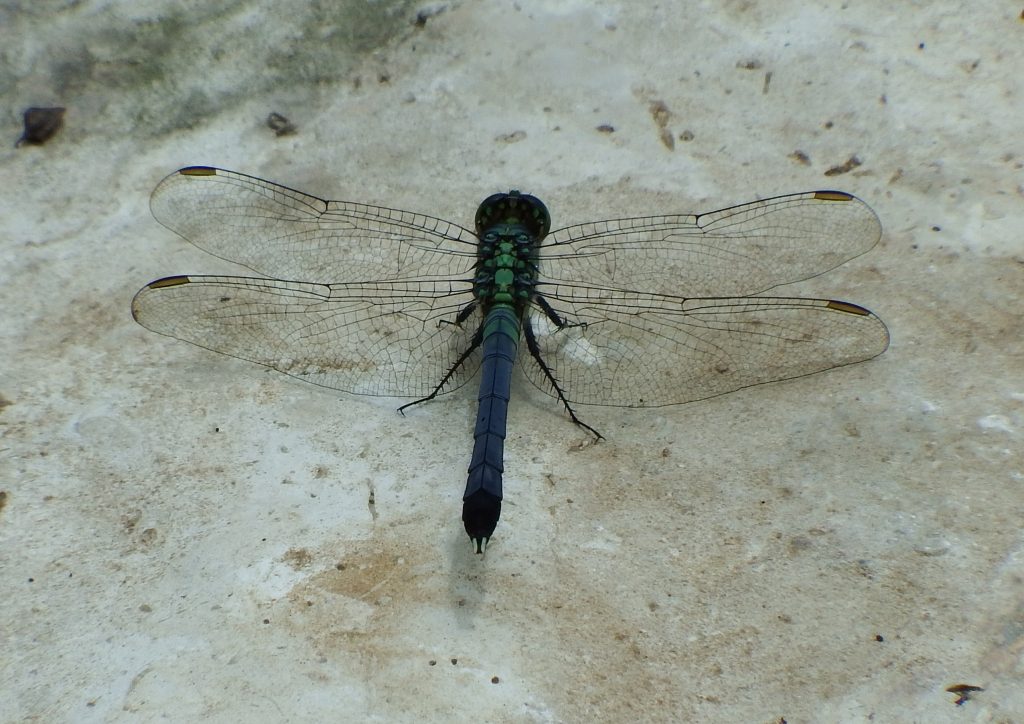One Hour @: The Base of McGovern Cascade
We live in a world divided. Inside and outside. Everything inside is ours and we try very hard to share inside with only invited guests. We try that outside as well, making decisions about what plants to put into our ground and which insects we will tolerate in proximity.
The park is outside, but it is arranged for our benefit. We decided what to plant and where the paths would go. But the planners of this park had a generous spirit and chose to hew closely to what might have been here had we not already made so many decisions about everything. As a result, our park has a lot of life going on! There are wet places, high places, places with trees and places with grasses. Each of those different mini-environments provides living quarters and business arrangements for different collections of plants and animals.
Once a month or so, I plan to sit for an hour in a spot and let the life of that spot close in around me. Last week, I sat for an hour at the base of the McGovern Cascade which is a rock waterfall flowing from Allen Parkway west of Lost Lake towards the bayou. It empties into a quiet pool sheltered by tall banks and dense shrubbery.
A lot of what I saw was expected. Red-eared pond sliders, both swimming and hanging out on logs. Also shoals of tiny, almost translucent fish.
I didn’t see any frogs or toads, but I know they were having a party recently because the still water was festooned with skeins of tiny toad eggs.
The coolest thing that came by for a visit was a spider wasp. This insect was beautiful from the curlicue tips of her antennae to her iridescent blue wings. I do not think it should be held against her that she feeds her young by grabbing a spider and paralyzing it with a sting. She then drags her prey underground lays an egg on the spider stomach and blocks the entrance with dead ants. The toxins contained in the ants act as a chemical barrier protecting the soon-to-be-hatched egg from unwelcome visitors.
With that spider, she has provided her child everything it will need to grow up strong and healthy. The egg hatches while the paralyzed spider is still alive so she can be eaten slowly, vital organs last so the spider stays alive as long as possible.
Someone once asked me what wasps were good for and I really didn’t have a satisfactory answer. They do pollinate plants, but they aren’t great at it. Last weekend, I asked a naturalist who is much more knowledgeable than myself that question and the answer pleased me. What wasps are good for is keeping spiders and caterpillars under control. Most solitary wasps provide their offspring with a good caterpillar or spider banquet to launch them into life.
Even though I was in a shady spot, there were still flowers. To my left were clasping coneflowers. They get their name from the way the leaves clasp the stems at their base.
To my right were bunches of plains coreopsis. They look similar to the coneflowers with yellow petals and rust-red centers, but on closer inspection, they are quite different. The coneflower has the larger raised center portion and the leaves not at all alike. The reason they both have the similar coloration is that it is a very effective system for letting pollinators know that right here, right here in the center (which has been marked for you with a big red circle) is the pollen and nectar you seek.
I had two other fairly spectacular visitors, both dragonflies. The first was an Eastern Pondhawk and the second was a Roseate Skimmer.
It was no surprise to see either because dragonflies, like toads, lay their eggs in still water. Dragonfly larva (called nymphs) live underwater; in and are some of the most voracious critters in the world. Mosquito larvae have no chance against a pond full of dragonfly nymphs and the presence of dragonflies says that this is a pretty healthy environment.
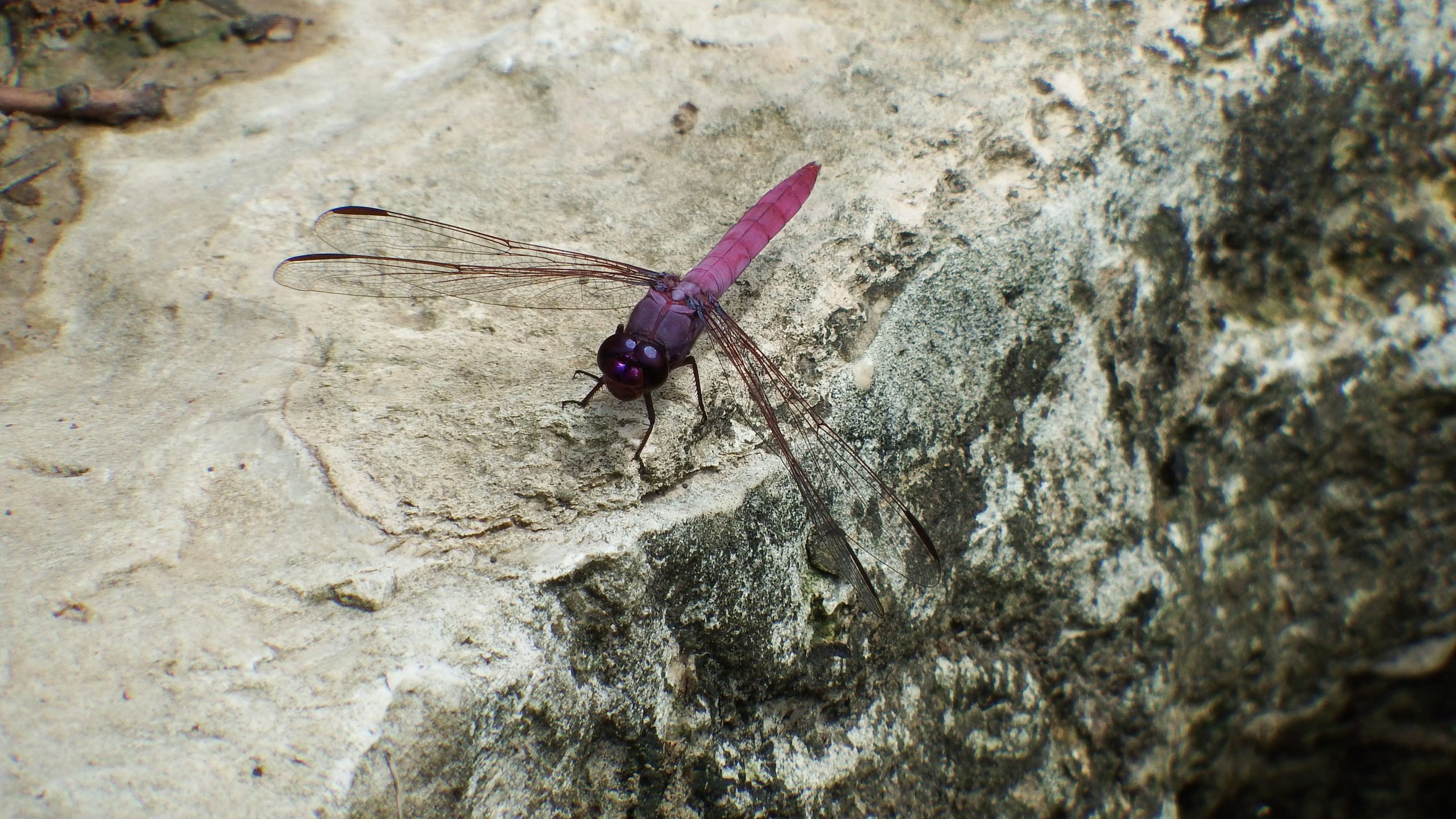
Roseate Skimmer. For anyone interested in dragonfly ID, this little guy caused me no end of confusion because that small brown patch on his wings is supposed to be on the leading edge of the wing and you can see here, this brown patch is on the trailing edge of the wing. After a lot of time on the internet, I realized that this Skimmer had rotated his wings 180 degrees! Dragonflies have amazing ability to operate all four wings independently. And as a result, you can get some pretty strange rotations! Click on this (or any blog photo) for a larger view.


